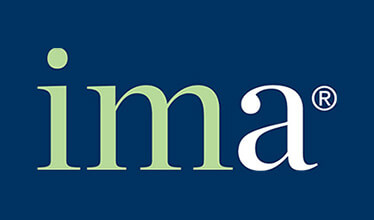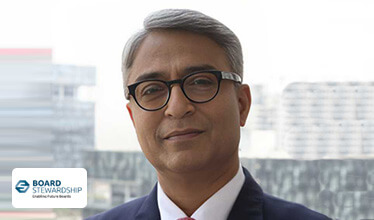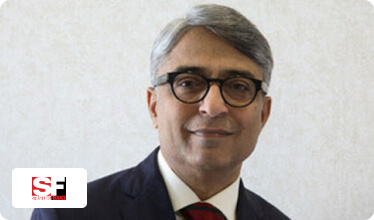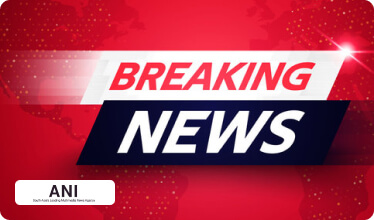Humanity has developed an effective, safe and readily-usable vaccine against COVID-19 at an astonishing pace. The vaccination drives are already underway in many countries. While we can pat our backs on achieving these milestones, I would like to emphasize the pivotal challenges that now awaits administrations around the world – establishing an infrastructure that distributes the vaccine equitably across the population. Therefore, leadership will play a significant role in ensuring the successful execution of a global vaccination drive.
Two challenges threaten to obstruct equitable and effective immunization:
- Disbelief in the vaccine
- Unequal distribution that leaves out the vulnerable
How can global leaders overcome these challenges?
With a population of 1.3 billion and surging cases, India faced a daunting challenge in the early months of the pandemic. But Prime Minister Narendra Modi displayed vision and genuine empathy.
As a leader, his vision was to keep the country safe. He mobilized the administration, public and private sectors and citizens to successfully arrest the spread of the virus. He displayed empathy by communicating with the people and urging them to practice safety measures. Even when vaccines were still in trial stages, he had the foresight to motivate teams to chart out detailed plans for their eventual country-wide rollout.
Similarly, global leaders stepped up to the challenge and steered forward their citizens with vision and empathy.
Leaders must share their vision and show the way forward
When leaders share a powerful vision and provide guidance to accomplish it as well, people are more motivated to work towards achieving it.
COVID-19 led to many problems – an economic recession, extreme poverty and loss of lives. Leaders who act decisively and quickly to mobilize people and organizations to act in the right spirit will be successful in turning the tide against the pandemic.
Global leadership will have to think ahead
Investing in building delivery systems that will work efficiently in this crisis is the need of the hour. This will go on to serve as a framework for implementing appropriate relief distribution networks in the future as well.
At the same time, global leaders will have to take bold steps to cement belief in their vision so that naysayers can be brought around, and people are inspired to be responsible. Leading by example will encourage people to take the right steps. Alexandria Ocasio-Cortez, popular US representative and one of the first leaders who took the vaccine said, “Just like wearing a mask, I’d never advise you to do something I wasn’t willing to do myself.”
Empathetic leaders gain insight into the collective’s needs
Bill Gates wrote, “During a pandemic, vaccines and antivirals can’t simply be sold to the highest bidder.” It’s leaders with empathy that will drive the equitable treatment of people and ensure the equal distribution of vaccines to everyone, irrespective of social and economic differences.
In general, higher-income countries will have higher vaccination rates compared to lower-income countries. Moreover, there are expected to be coverage disparities within countries along social and economic lines. It is up to the leaders to anticipate, understand and work around such scenarios to ensure a successful vaccination drive. Prioritizing frontline & healthcare workers followed by the elderly are wonderful examples.
The Indian government has sent free doses of the vaccine to Bangladesh, Nepal, Bhutan and Maldives, and is set to deliver more to other countries. India has shown empathy in understanding the situation of those countries and made the most of its robust vaccine industry and large-scale production capacity to support them.
Leaders with an open mind and a desire to understand the experiences of others can identify connectors and enlist them to champion the cause of maximum vaccination. Thus, empathetic leaders can inspire the collective to take responsibility and work towards resolving problems together.
The leaders’ emphasis on their vision and the ability to know whether the vaccine is reaching the people on the ground will play a vital role in successfully achieving the desired vaccination coverage.











